7 years ago I reviewed the Danacable Lazuli Reference Headphone Cable (as well as the standard Lazuli cable), which was indeed my first cable review for Headphone.Guru. That is not to say that I was new to cables at the time, I had been testing and using high-end cables since the eighties, I even developed my own cable back in the eighties that I still use for certain applications. But the upshot was that I was floored by the performance of the Danacable Lazuli line. Now Danacable has produced a new variant, the Danacable Lazuli Rhapsody Headphone Cable, and like then, I will be testing them with HIFIMAN headphones, in fact, I have three pairs to choose from and plan to test with all three beginning with my reference headphone the HIFIMAN HE6se.
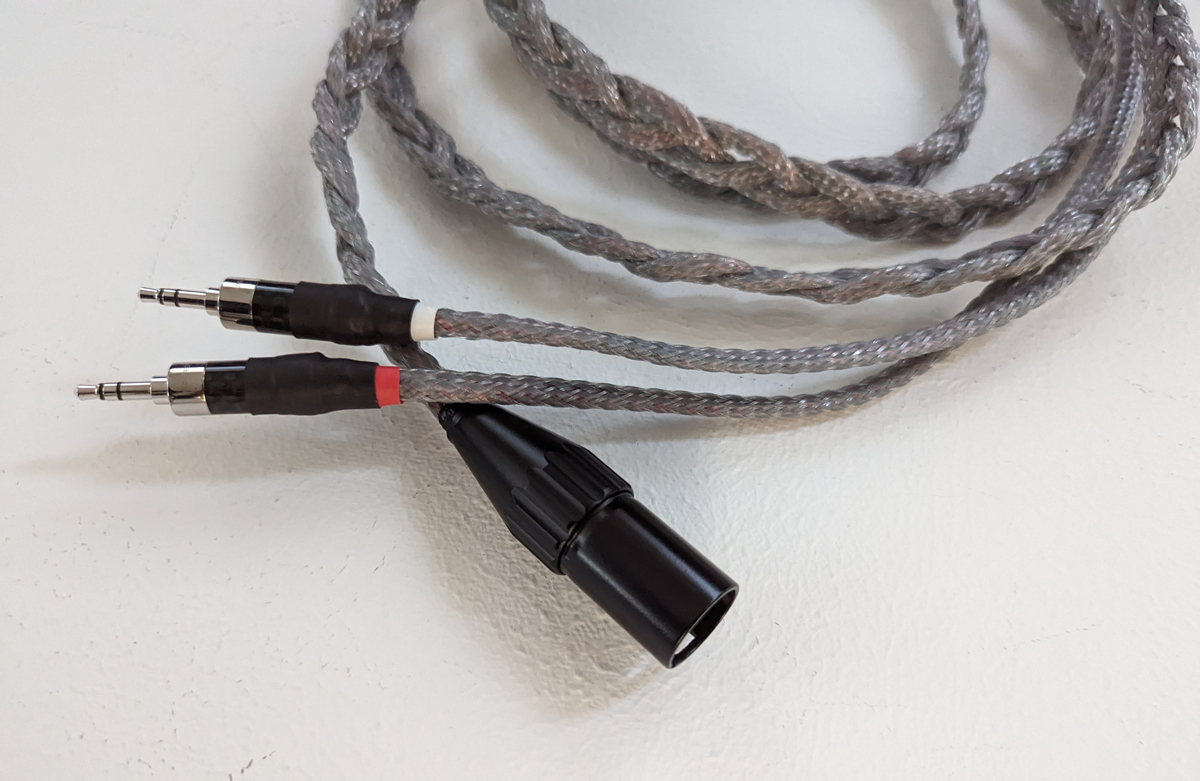
The Danacable Lazuli Rhapsody Headphone Cable:
At the heart of Danacable is Dana Robbins a retired electrical engineer with a passion for audio who in pursuit of that passion began designing and manufacturing custom audio cables. The Danacable Lazuli Rhapsody Headphone Cable consists of a mix of silver and copper wires braided design with improved sonic performance and more flexibility over previous generations for a perfectly balanced, reference-level sound, with high-quality connectors by Furutech and two cloth-based sheathing options (all silver or all brown).
The basic options for the Danacable Lazuli Rhapsody Headphone Cable are Headphone connection (MZ – Meze; AB – Abyss; FC – Focal Utopia; AD – Audeze; HF – HIFIMAN 2.5mm; HF-SE – HIFIMAN 3.5mm), B-Connector (1/4” TRS, 4-pin XLR, dual 3-pin XLR), Length (2m or 3m), and Sheathing (silver or brown). There is also a 4-pin XLR to 1/4″ TRS adaptor available for flexibility of source. For this review, I received the HF-SE with a 4-pin XLR, 2 meter in silver, which came in an attractive cloth hardshell case.
It is recommended that you burn them in for at least 100 hours before use, I went a little over this using my FiiO R7 Music Server and HIFIMAN AUDIVINA Closed-Back Planar Magnetic Studio Headphones.
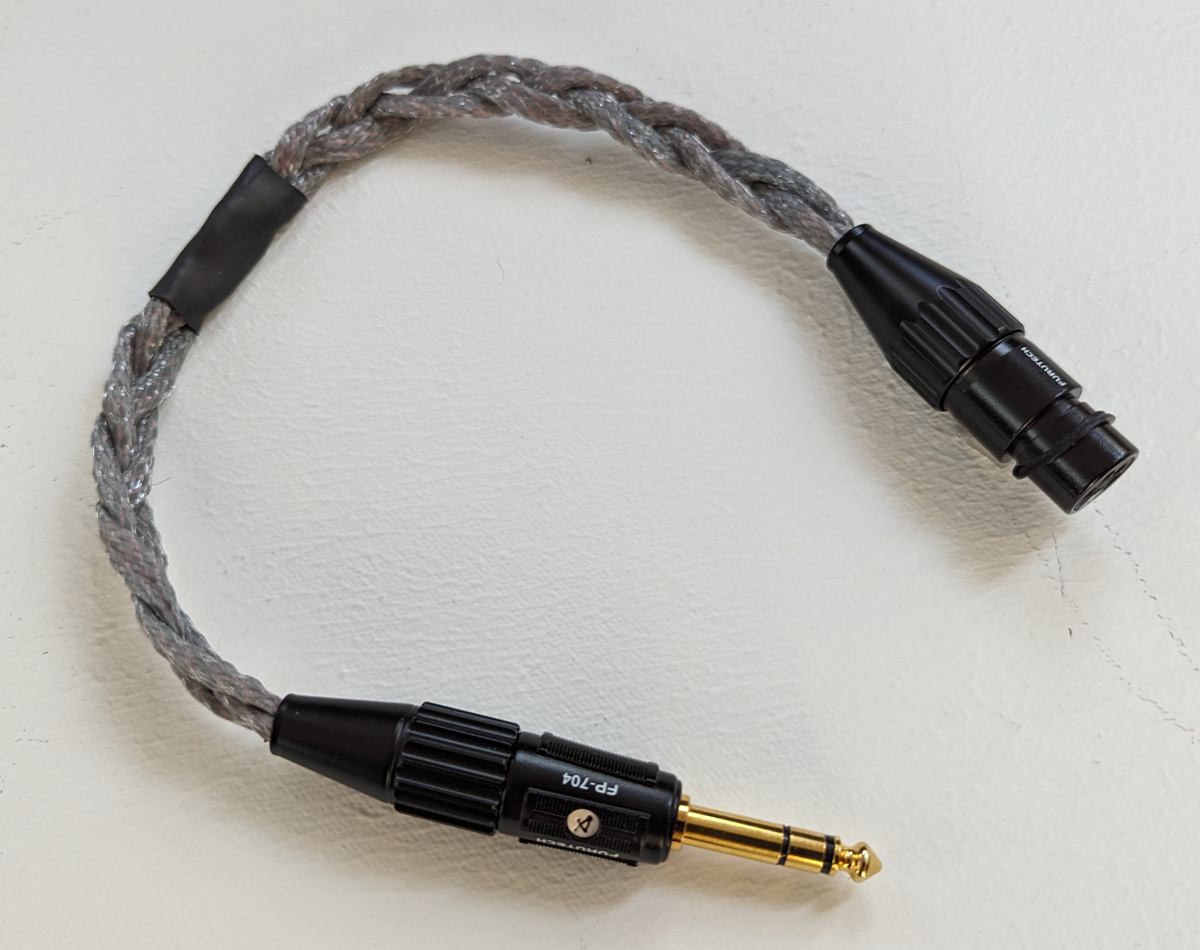
Why Specialty Headphone Cables?
If you are reading this review then you are probably already aware of and acknowledge the effect that cables have on sound, but the subject bears investigation regardless. In truth, the purpose of a cable is to have no effect on the sound at all but to transmit the signal unaltered from source to speaker. Unfortunately, this is not as simple as it at first appears, and the science behind cables is not universally accepted or acknowledged, but the aspects are fairly straightforward; you have tonal balance (linear frequency response), current capacity, bandwidth, phase coherency (this is a matter of timing, all frequencies have to reach the other end in the same order they entered), and noise rejection (the ability to block external electromagnetic interference [EMI]). Different metals have different conductivities (how much current passes) which in turn affects their resistance and helps determine the current capacity of a given cable. Different metals have different melting temperatures which also affects the current capacity of a given cable. Silver has greater conductivity than copper but a lower melting temperature, which means that it can pass more current but has to be of a larger gage to do so safely. There is an inverse relationship between bandwidth and current capacity. A small gauge solid core wire has a higher bandwidth but lower current capacity. Signal doesn’t travel through a wire, but in the magnetic field that surrounds the wire, hence the dielectric (the material surrounding the wire) also has an effect on the signal, as does the shielding which is meant to block EMI (this is also one of the reasons for the complex weaves in cable design).
Ironically, as in Heisenberg’s uncertainty principle, the test equipment used to test cable affects the results of those tests (for those even willing to attempt such tests), so as in all things audio related, the human ear remains the most useful testing bed, hence the need for audiophile cable designers.
While most audiophile headphone designers do take the cable into consideration in the design of their headphones, indeed most use the same cable that the consumer receives to perform the voicing of their headphones, cable design is not their primary skill set, which is why most of them provide for the use of aftermarket cables. Again, the best judge of whether this is an improvement or detriment is the listener, but you can be assured that there is a difference, and in the case of Danacable this difference is quite noticeable (in fact Danacable developed an A/B system for consumers to perform direct comparisons at audio shows).
Living with the Danacable Lazuli Rhapsody Headphone Cable:
For the majority of my listening tests I used my reference system consisting of my FiiO R7 Music Server, LSA VT-70 Tube Integrated Amp, Audio-gd R2R-1 DAC, Black Dragon Cables, and Core Power Technologies A/V Equi=Core 1000. I have three different factory cables of varying quality for my three HIFIMAN headphones, the original cable for the HE6se, the cable for the AUDIVINA, and the cable for the HIFIMAN DEVA Pro. The HE6se cable performs significantly better than the other two, in fact, it brought the DEVA Pro’s performance almost on par with the HE6se. So with that in mind, I used the HE6se cable for the comparisons in this review.
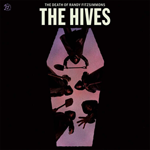
I began my tests with the HE6se using The Hives’ “The Death of Randy Fitzsimmons” (24-bit/48kHz – Qobuz). Ironically for a post-punk recording, the immediate impression was one of greater clarity. While the highs, especially the cymbals were crisper and clearer, they were significantly more musical. The music appeared more coherent, the band tighter, and sibilants were replaced with texture.
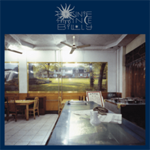
Next, I moved on to “Keeping Secrets Will Destroy You” (24-bit/96kHz – Qobuz) by Bonnie “Prince” Billy which is a collection of folk songs accompanied by mostly acoustical instruments (there is electric organ). There was an intimate in-room feeling to the recording with a large soundstage. The timbre of the instruments was so natural, clearly reproducing the complex harmonics of the plucked strings of the guitar and the sweet hum of the violins.
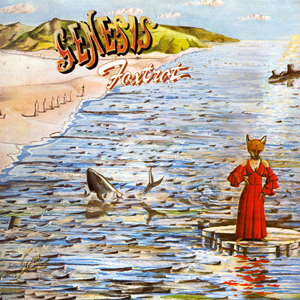
To get a better picture of the tonal balance I switched to my regular test tracks selecting my sub-bass test, “Can-utility And The Coastliners” (“Foxtrot” – Genesis – DSD). The clarity and sustain of the triangle were astounding, it was like a veil was removed, and the bass and sub-bass had excellent tonality. The shimmer of the cymbals was simply wonderful.
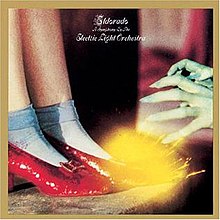
Switching to the AUDIVINA which can be a little harsh on the high end to listen to Electric Light Orchestra’s “Can’t Get It Out Of My Head” (“Eldorado” – 24-bit/192kHz) I was pleasantly surprised to find the presentation to be a lot more musical than anticipated, with exceptional dynamics and a huge soundstage.
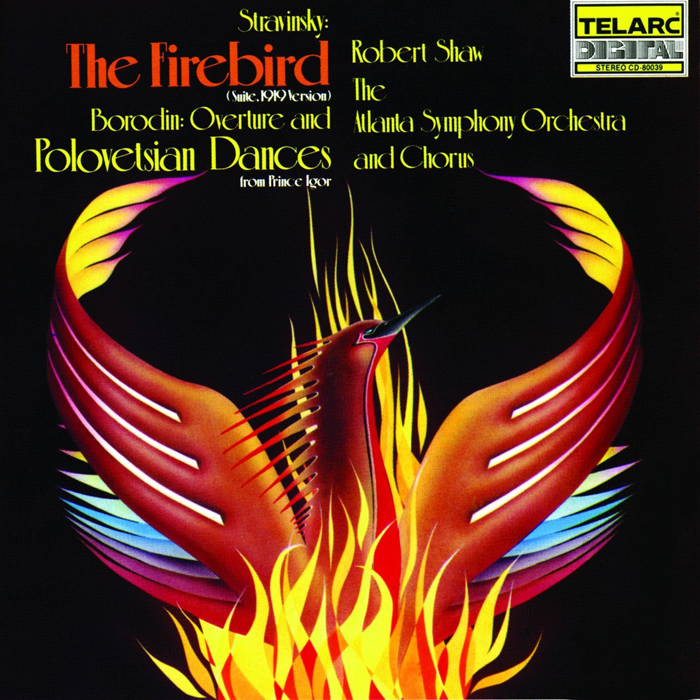
It was time to see how the Lazuli Rhapsody faired with the most demanding of music, classical, so I powered up my Audible Illusions preamp and put on my vinyl copy of “Stravinsky: The Firebird; Borodin: Music from Prince Igor” featuring Robert Shaw and the Atlanta Symphony Orchestra and the sound was simply magical, dynamic and musical, with an epic soundstage.
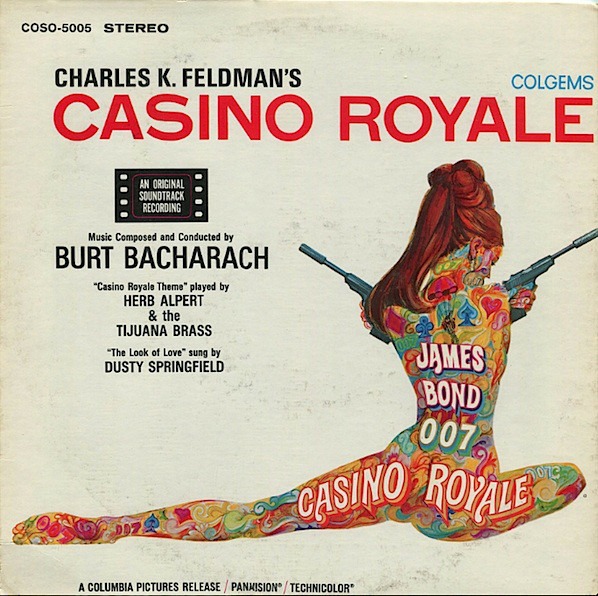
For a final test, I switched to the HIFIMAN DEVA Pro headphones going back to the original HE6se cable for a clear comparison and using the R7’s amplifier, cuing up “The Look Of Love” as performed by Dusty Springfield and Herb Alpert & The Tijuana Brass from “Casino Royale” (24-bit/192kHz) which covers all the bases from piano to fantastic female vocal, to upright bass, to horns with both a sax and trumpet solo against strings, not to mention percussion and acoustic guitar. The most immediate difference was increased dynamic range and improved clarity and sweetness to the vocal. The texture and musicality of the horns also kicked up a notch, especially the trumpet.
Conclusions on the Danacable Lazuli Rhapsody Headphone Cable:
The Danacable Lazuli Rhapsody Headphone Cable did everything a cable is supposed to do, improved clarity, dynamic range, and musicality without making a noticeable impact on timbre and tonal balance, in other words, it does not add its own sound to the mix. Anyone who owns a pair of HIFIMAN HE1000se or SUSVARA headphones or for that matter any of the reference quality headphones that the Lazuli Rhapsody Headphone Cable is offered for (Meze, Abyss, Focal, or Audeze) is doing themselves a disservice if they don’t audition the Lazuli Rhapsody, even if they already own the Lazuli Reference.
Does it make the $200 DEVA Pro into a $2,500 headphone? Well, there is the rub, sonically I would say yes, but there is no question that the build quality and comfort of the higher-end HIFIMAN offerings are much greater. The real question becomes, “Is it worth spending more than the cost of the headphone for a cable,” and the answer is, “How much do you love the headphone?” (Of course, if you are like me, then the cost is ameliorated over several headphones, so the value of the cable is greatly increased.) In the case of the HE6se, which is my favorite HIFIMAN headphone short of the SUSVARA, probably. On the other hand, ironically the headphone that benefited most from the Lazuli Rhapsody was the AUDIVINA, converting it from an excellent studio headphone with a bit of bite on the top end, to a world-class reference quality headphone, for which the answer is an emphatic yes.
As I inferred above, audiophiles need to stop thinking of cable as an accessory, a tweak, that may improve the sound of your system, and realize that it is an integral part of your sound system due the same weight given to the amplifier or DAC (in most cases, cable will have greater effect than the DAC to the overall sound quality), and Danacable has proven themselves to be a serious player. Two thumbs up.
Manufacturer’s Website: https://danacables.com/product-category/headphone-cables/lazuli-rhapsody/
Price: $2,299 – $2,799














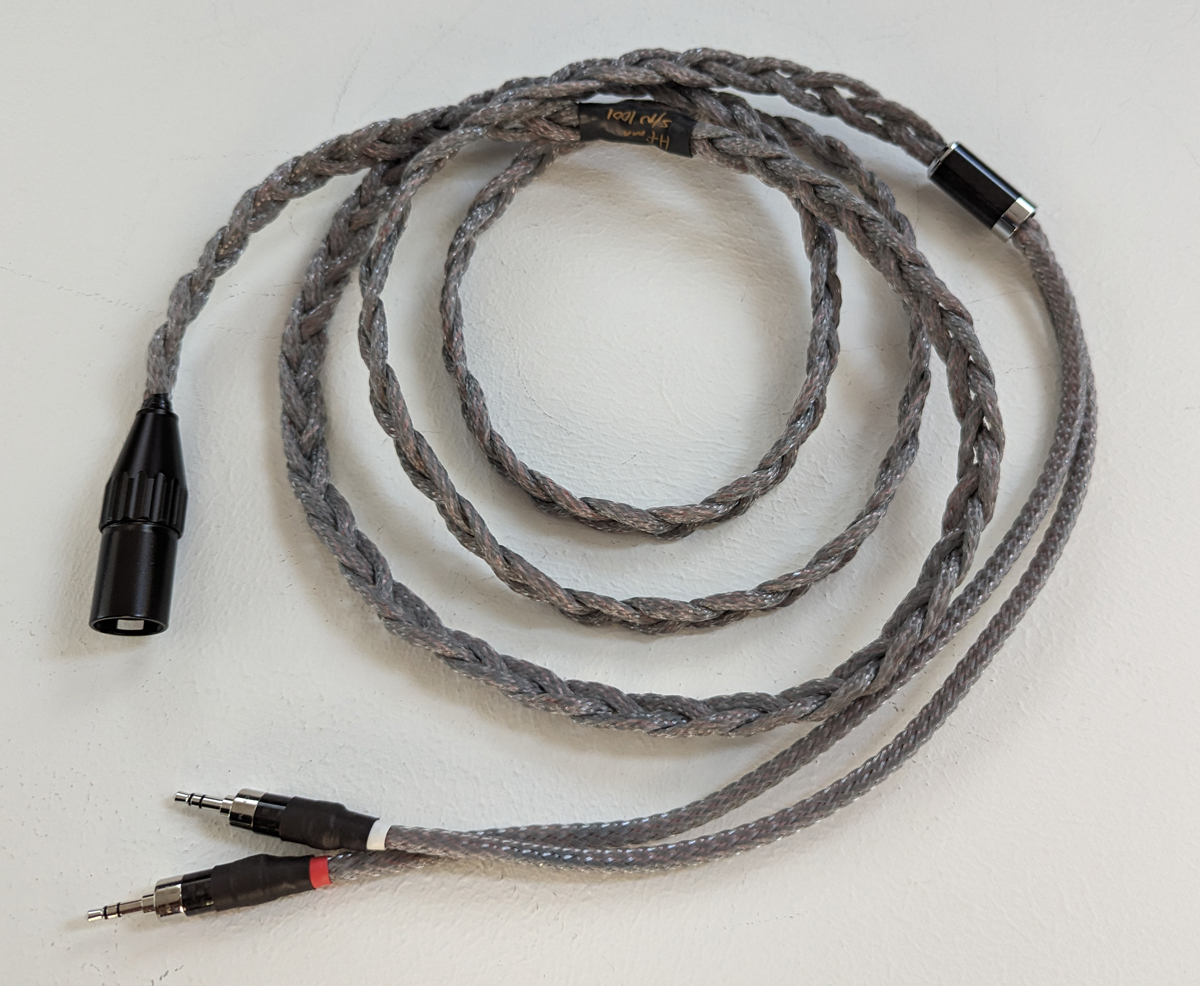
Want to join discussion?
Feel free to contribute!